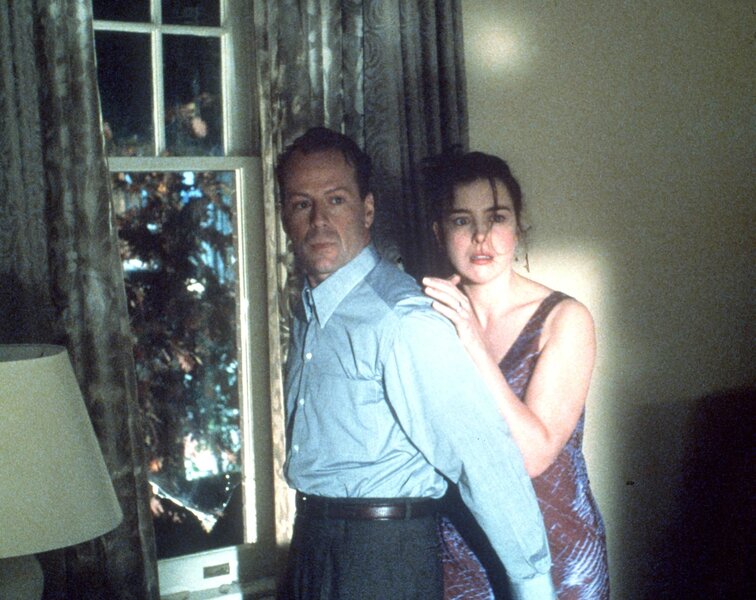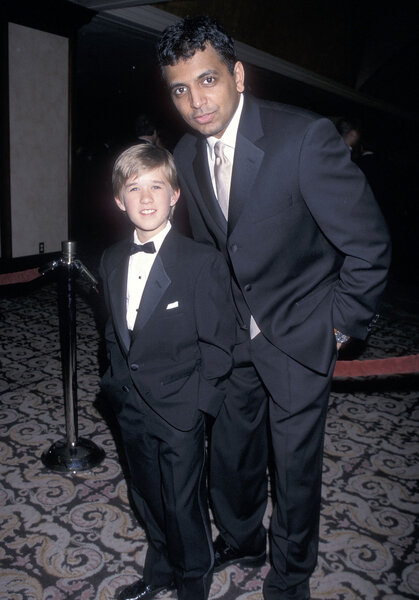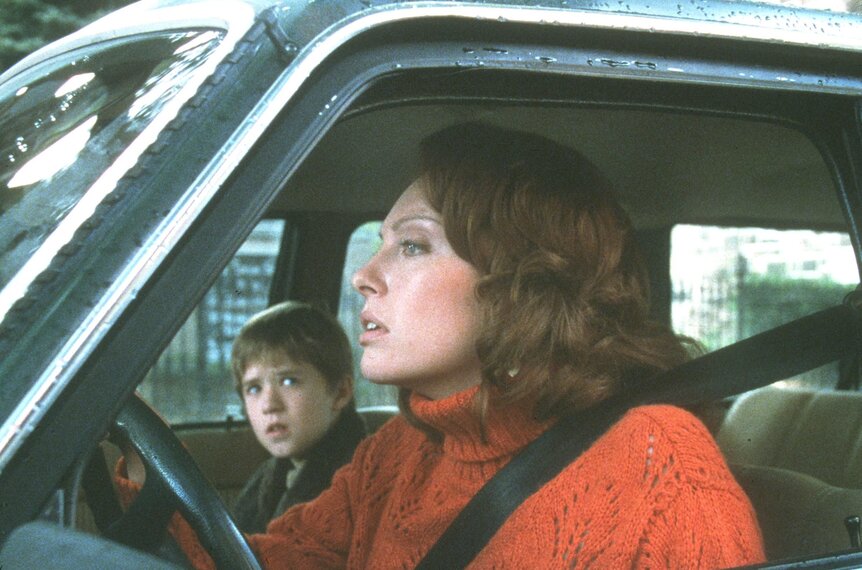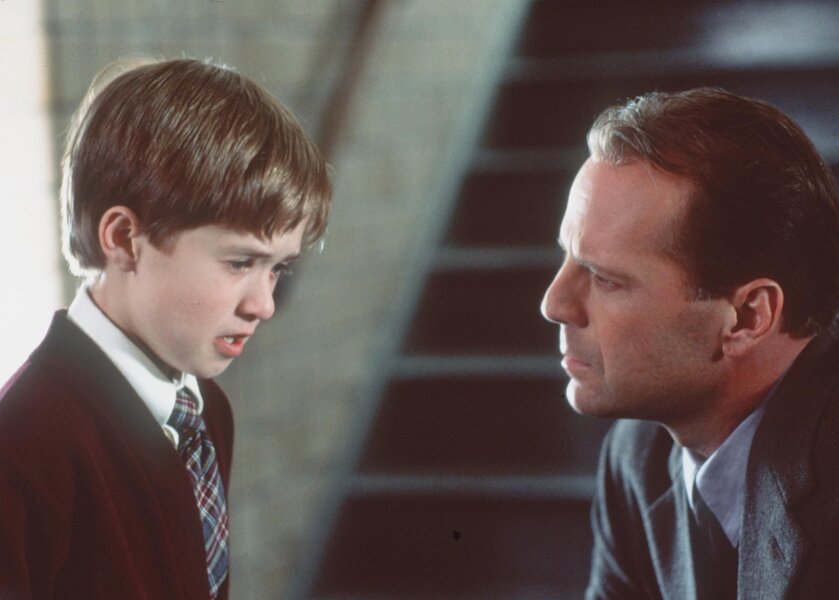Create a free profile to get unlimited access to exclusive videos, sweepstakes, and more!
The legacy of The Sixth Sense
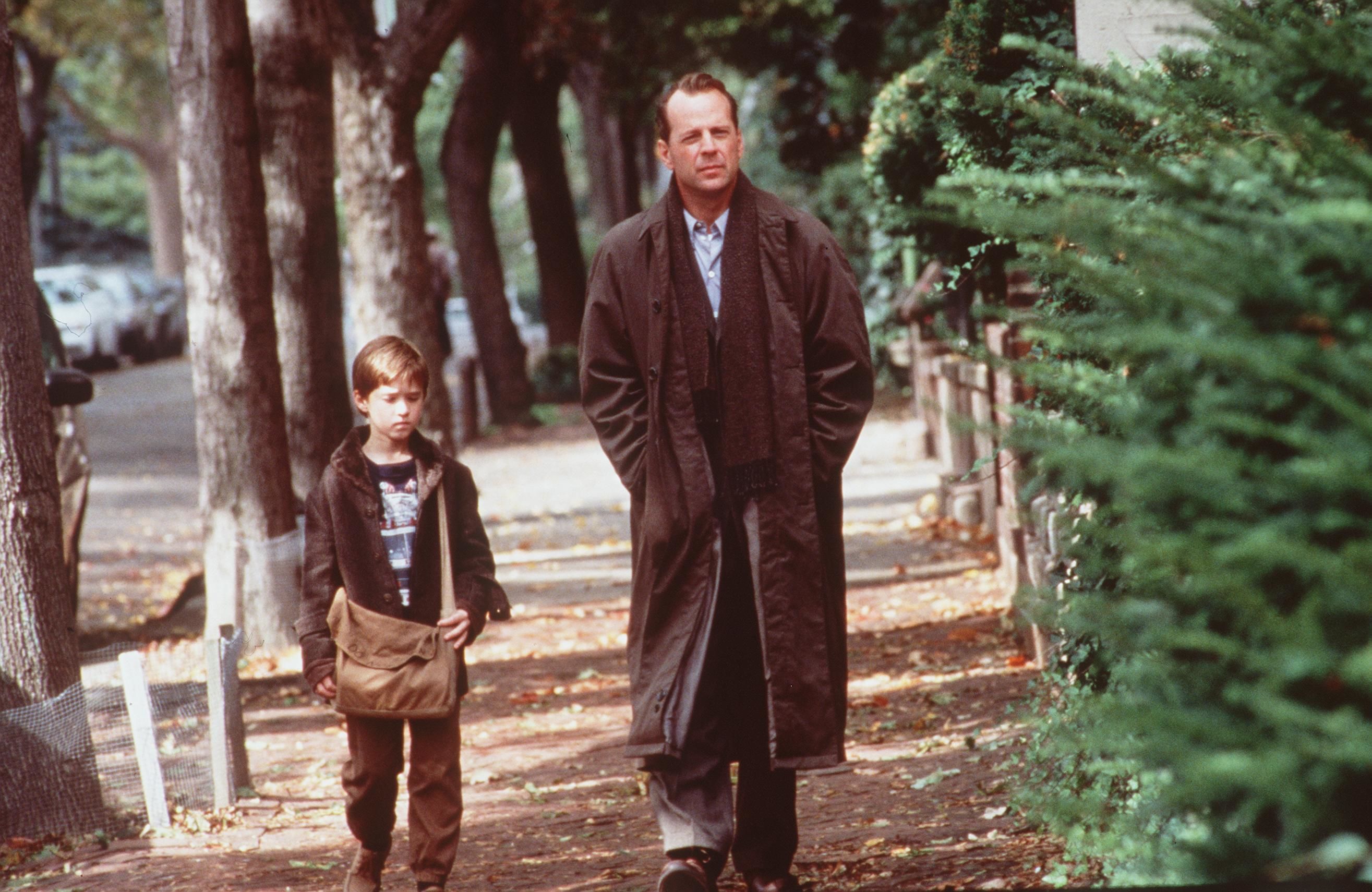
The summer of 1999 delivered a sleeper hit double bill that sent Hollywood executives scrambling to pinpoint the reason behind the success of two genre movies. Both were original stories that were not sequels, reboots, spin-offs, or adaptations of popular books or comics. Replicating success is a big part of showbusiness, so when a curveball like this is thrown, it becomes a point of fascination and fixation. Audience behavior and desires cannot always be foretold, which is how a movie like The Sixth Sense ended the year in the number two domestic box office position, sandwiched between much more likely candidates: Star Wars: Episode 1 — The Phantom Menace and Toy Story 2. How did the summer of ‘99 end up producing huge hits that had their feet placed firmly in horror?
Coming on the heels of The Blair Witch Project, less than a month after it opened wide to such big numbers, concerned director M. Night Shyamalan. As he told The New York Times a few weeks after Sixth Sense's wildly successful release:
''I thought, 'Wait until the world sees we're going to be the big sleeper movie of the year.' There hadn't been a great horror film in years. Then Blair Witch opens, people are going in droves, it's on the cover of Newsweek and Time. 'Oh man,' I thought, 'we're never going to get any box office."
This isn’t a case of the Highlander; there can, in fact, be more than one horror sleeper hit. They might fall under the same genre umbrella, but other than the original story aspect, these movies are very different. The Sixth Sense is more traditional, using slow dread to build toward its much-talked-about twist. When Haley Joel Osment as troubled kid Cole Sear utters the now immortal (and now endlessly parodied) words “I see dead people,” the audience becomes a spectator to his supernatural ability. Meanwhile, The Blair Witch Project prefers a more cloak and dagger approach, never revealing the entity behind the scares. Made on a modest $40 million budget, The Sixth Sense did have a huge movie star as its lead, but this wasn’t an Armageddon or a Die Hard. Bruce Willis is playing against his tough-guy action hero archetype. And while this wasn’t M. Night Shyamalan’s first feature, there also wasn’t any name recognition for this young director.Instead, what both movies share is audience word of mouth and a desire to see it in theaters before the experience is ruined by others who have seen it. Spoiler culture didn’t exist in 1999 in the same way it does today (because the internet didn't look how it does now). There were no spoiler warnings accompanying articles, yelling at readers in bold text to be aware. Articles didn't haphazardly share that Willis' character died at the start of the movie (even typing these words now feels like a twist revealing betrayal and it has been 20 years). Though it could be argued, by merely mentioning the movie takes an unexpected turn, it causes viewers to look for clues they would have been blissfully unaware of.
As with The Blair Witch Project, I saw The Sixth Sense on its opening weekend. And again, it opened in the U.K. two months after its United States debut. The hype was a big part of why it felt necessary to see it as soon as possible, but again because this was pre-social media, I remained happily unspoiled (though I know of others who didn't, thanks to a trivia team named "Bruce Willis is a Ghost"). Despite anticipating a huge twist, I did not guess the big reveal and it still haunts me (pun intended) that I didn’t. Obviously, I ended up going to see it again. In wanting to see how apparent it is that no one else talks to Bruce Willis as Dr. Malcolm Crowe, I bought another ticket. The rewatch factor should not be underestimated when taking into account not only a big box office but one that sustains.
While it didn’t quite have the same levels of horror or internet savvy as The Blair Witch, a pre-OC Mischa Barton vomming her guts up in the tent as a ghost was high on the peeking through my fingers scale. It is still creepy as hell, but not a full scare-fest, so it appealed to those who might typically avoid slashers.
Aside from a particularly scathing review from The New York Times, which referred to it dismissively as “supernatural schmaltz,” critical consensus was largely positive (it sits at 86 percent on Rotten Tomatoes). Unlike the other big sleeper hit of the summer, the audience reaction was in tune with critics as it received an A- on its CinemaScore. The second half of the blockbuster season was hugely profitable because of two movies far outside the typical blockbuster offerings. The Sixth Sense spent four consecutive weeks at the top of the US box office and ended the year in the number two slot.
Awards buzz followed it received six Oscar nominations including Best Picture, Director, Original Screenplay, Supporting Actor for Haley Joel Osment, and Supporting Actress for Toni Collette. This is one of only six films that can be classified as “horror” to ever be nominated for Best Picture. It should also be noted that Toni Collette should have got another nomination for her performance in Hereditary, but category bias is very real and there is a reason why filmmakers like Ari Aster go out of their way to avoid the dreaded “H” word.
A few weeks after its release, the first articles pondering what was driving crowds to horror started appearing. Theories ranged from “it’s a coincidence” to “people like horror." Some even suggested it was “Millenium anxiety.” The latter might sound silly now, but Y2K and everything that came with it was a big cause for concern as 1999 drew closer to its end. Scary movie themes and style go in cycles, so while Scream 3 was coming out later this same year, meta-horror was feeling a little old hat. In this space before torture porn and self-aware, Sixth Sense and Blair Witch appealed to fans of ‘70s thrillers and low-budget ideas that felt fresh, but familiar.
Six months later in the run-up to the Oscars, the success of The Sixth Sense is still being pondered. How do you repeat success if you don’t know why audiences are drawn to certain movies in the first place? It was a nightmare situation for a business based on predicting the next big wave. American economist, Arthur De Vany explained to The New York Times why this is a pointless task, “Hollywood is generalizing from a couple of data points. Trying to read into a handful of movies some deep property of audiences is bad science and bad moviemaking.” De Vany added there is no winning formula for predicting what will sell tickets, no matter how many data points are evaluated. Art is not an algorithm (no matter how hard Netflix tries in the present day). Even so, this isn’t going to stop studios looking for their elusive white whale or repeating what audiences seemingly want before running another trend into the ground.
Trends also apply to specific creators who will often either run toward or from the thing that made them famous. Shyamalan was riding high off the success of The Sixth Sense and unlike the Blair Witch Project filmmakers, he didn’t fade into obscurity — but there was a certain expectation attached to his work. Now audiences anticipated the final act twist and actively searched every frame for clues. His calling card became a curse. A 2002 cover of Newsweek declared he was “The Next Spielberg,” which is the kind of proclamation that will come back to bite you. Sure, they both made their first hugely successful movie at the age of 28 that had an element of horror, but Jaws and The Sixth Sense are incredibly different movies. The late ‘70s and turn of the new century are also very different eras in movie making. Since The Sixth Sense, Shyamalan has made other movies with twists (and some without), sometimes successful, other times not. But thanks to Split and Glass he is having a career resurgence just in time for this 20th anniversary.
Getting to experience both The Blair Witch Project and The Sixth Sense in a theater on opening weekend, knowing very little of what to expect has, of course, shaped my view of this period of filmmaking. Nostalgia, particularly when laced with memories of adolescence, is a hell of a drug. Nevertheless, in revisiting the two summer of '99 sleeper hits, what is evident is that good marketing, storytelling, and word of mouth are huge factors. The legacy in this can't be replicated; instead, in between the sequels, reboots, and adaptations, hopefully, more original scary stories can flourish.
The views and opinions expressed in this article are the author's, and do not necessarily reflect those of SYFY WIRE, SYFY, or NBC Universal.

